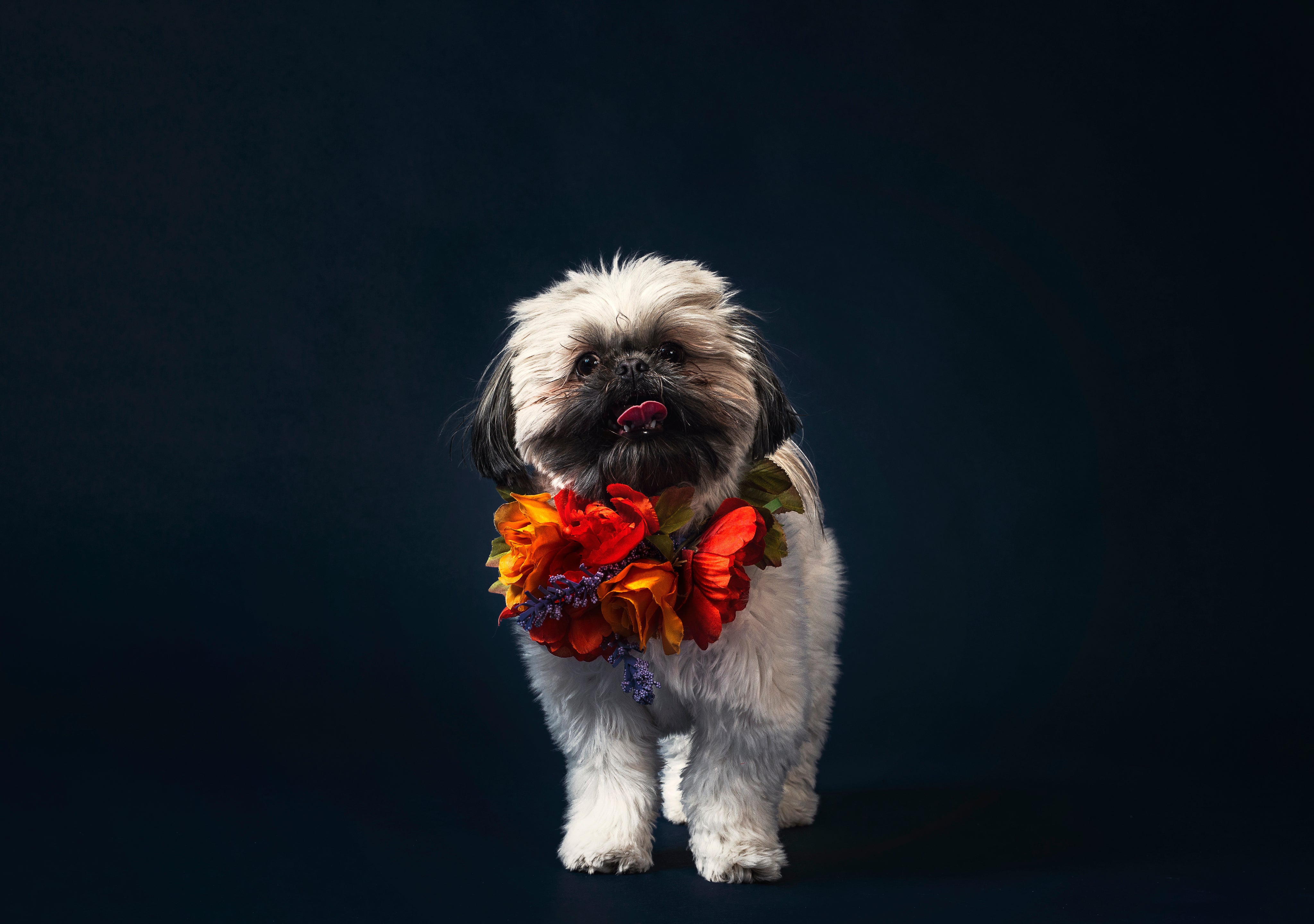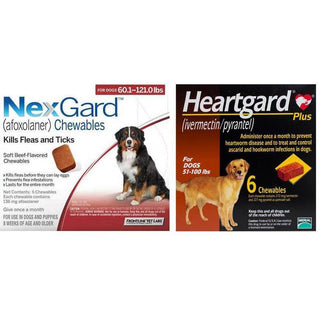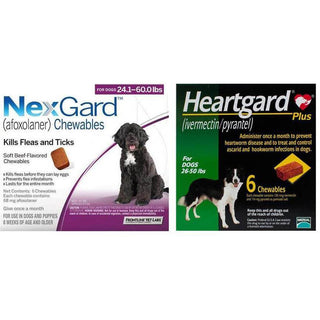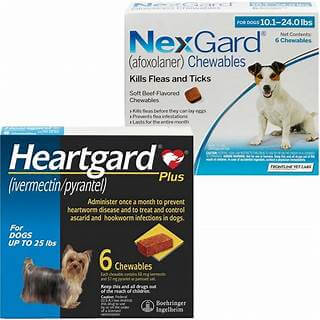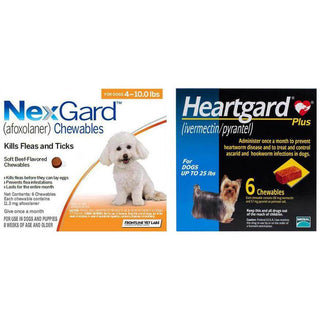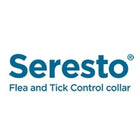If you've noticed white flakes on your dog's coat, it might be dandruff — and yes, dogs can get it, too. While it may not seem serious at first, dandruff is often a sign that your dog's skin needs attention. Left untreated, it can lead to dryness, itching, and discomfort.
The good news? Most cases of dog dandruff are mild and treatable at home. This guide will explore common causes, symptoms, and effective remedies to help your dog feel better fast.
What Is Dog Dandruff?
Dog dandruff is a skin condition where dry or oily flakes appear on your pet's coat. It typically occurs due to irregular activity in the sebaceous glands, which are responsible for producing natural oils that keep the skin moisturized and healthy.
There are two types of dandruff:
- Dry seborrhea is caused by the underproduction of oils, leading to flaky, itchy skin.
- Oily seborrhea is caused by the overproduction of oils, resulting in greasy skin with an unpleasant smell.
Why Does My Dog Have Dandruff?
Dandruff in dogs can be triggered by several factors, including:
1. Poor Nutrition
Diet plays a vital role in your dog's skin health. A lack of necessary nutrients, such as omega-3 fatty acids, vitamin A, and hydration, can lead to dry, flaky skin. Switching to a high-quality, balanced diet can make a noticeable difference.
2. Inconsistent Grooming
Bathing your dog too often can remove essential skin oils, leading to dryness, while grooming too rarely may cause excess oil and dead skin to accumulate. Maintaining a balanced grooming routine is essential for your dog’s skin health.
3. Dry Environment
If you live in a low-humidity area or your home uses heating during colder months, your dog's skin may dry out. Using a humidifier indoors can help restore moisture.
4. Genetic Factors
Some breeds are more prone to dandruff due to their skin cell turnover rate. Breeds like Golden Retrievers, Yorkshire Terriers, and Basset Hounds may naturally shed more skin flakes.
5. Allergies
Environmental allergens like dust, pollen, or mold can irritate your dog's skin. Food allergies may also be to blame. If you notice seasonal itching or skin issues, consult your vet.
6. Underlying Health Conditions
Dandruff may also be a symptom of underlying issues such as:
- Hypothyroidism
- Diabetes
- Autoimmune disorders
- Cushing's disease
Always consult your vet if the dandruff persists or worsens.
7. Infections
Fungal or bacterial infections can lead to flaky or oily skin, often accompanied by a bad smell or red patches. In these cases, veterinary treatment is necessary.
Common Signs of Dog Dandruff
Watch for below symptoms if you suspect your dog has dandruff:
- White flakes in fur
- Itchy, irritated skin
- Excessive scratching, licking, or biting
- Oily or greasy coat
- Redness or scabs
- Hair loss (Alopecia)
- Foul skin odor
Walking Dandruff vs. Regular Dandruff
Walking dandruff, or cheyletiellosis, is caused by mites and can be confused with regular dandruff. Mites are visible to the naked eye and appear to move — hence the name "walking dandruff."
Unlike regular dandruff, walking dandruff is highly contagious. If you suspect it, isolate your dog and seek immediate veterinary care.
How to Prevent and Treat Dry Skin in Dogs
1. Adjust Grooming Habits
Create a grooming schedule that suits your dog's coat type. Avoid over-bathing, and use a gentle, moisturizing dog shampoo when needed.
2. Improve Diet
Feed your pet high-quality dog food rich in vitamin E, omega fatty acids, and vitamin A. Consider switching to formulas designed for skin and coat health.
3. Use Supplements
Skin and coat supplements with fish oil, flaxseed, or biotin can support healthy skin. Before introducing any supplements to your dog’s diet, it’s important to seek guidance from your veterinarian to ensure they are safe and suitable for your pet’s specific needs.
4. Add a Humidifier
Running a humidifier at home, especially during dry seasons, can help keep your dog's skin hydrated.
5. Reduce Stress
Changes in the environment, loud noises, or separation anxiety can cause Stress, leading to dandruff. Create a comfortable and calm space for your dog and maintain a routine.
How to Get Rid of Dog Dandruff
If your dog already has dandruff, here are steps to help treat it:
- Use anti-dandruff dog shampoo: These are specially formulated to soothe the skin and reduce flaking. Be sure to follow the label instructions carefully.
- Avoid human dandruff products: These may contain harsh ingredients that are unsafe for dogs.
- Stay consistent: Regular care and observation are key to preventing flare-ups.
When to See a Veterinarian
If your dog’s dandruff persists despite home remedies or is paired with symptoms such as hair loss, redness, or persistent itching, it’s best to consult your veterinarian. They can diagnose any underlying conditions and suggest the most effective treatment plan.
Final Thoughts
Dog dandruff is a manageable condition that often responds well to small lifestyle changes. You can keep your dog's skin healthy and their coat shiny with proper grooming, nutrition, and care.
If you notice persistent dandruff or other concerning symptoms, don't hesitate to contact to your vet. Your dog's comfort and skin health are worth it!


